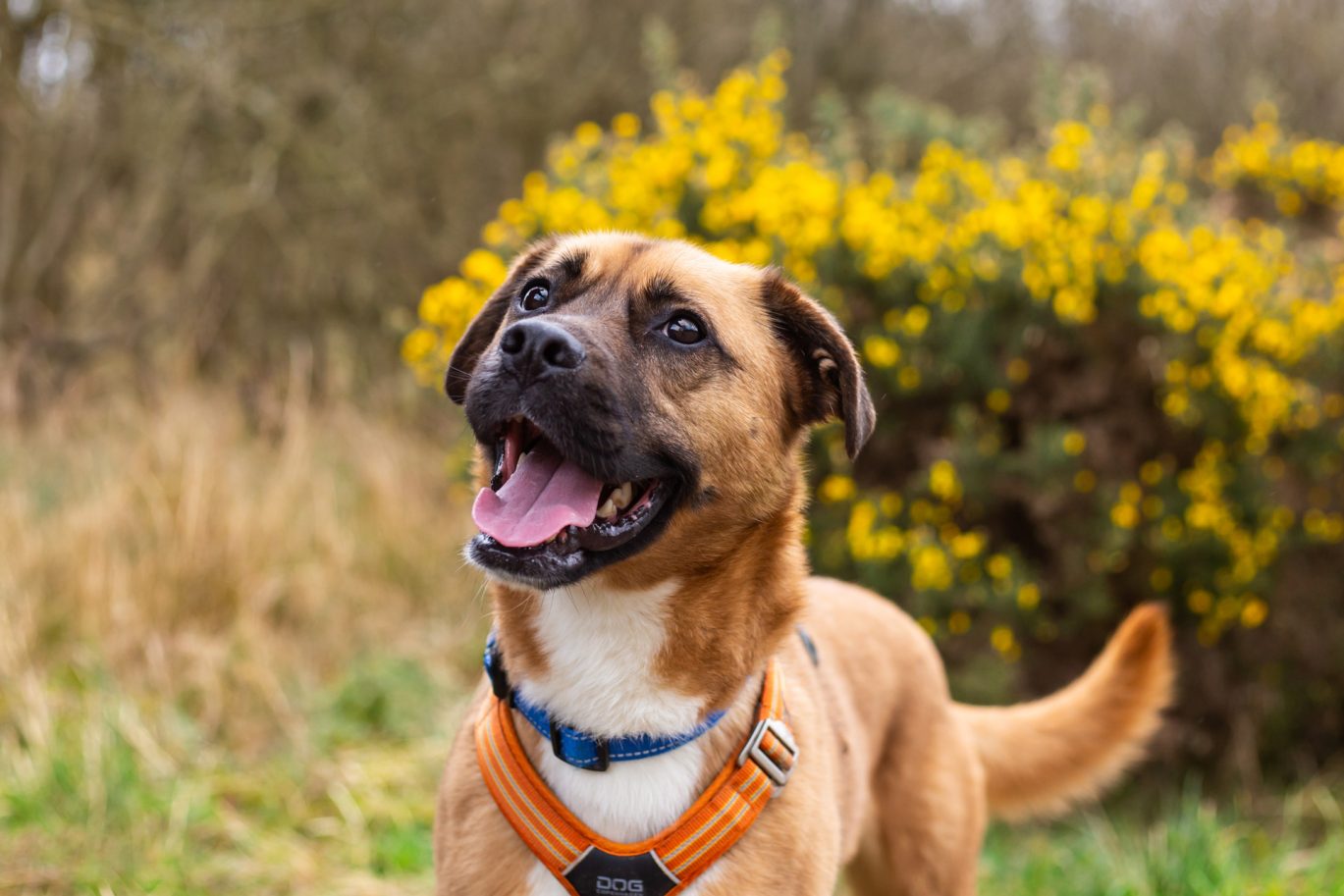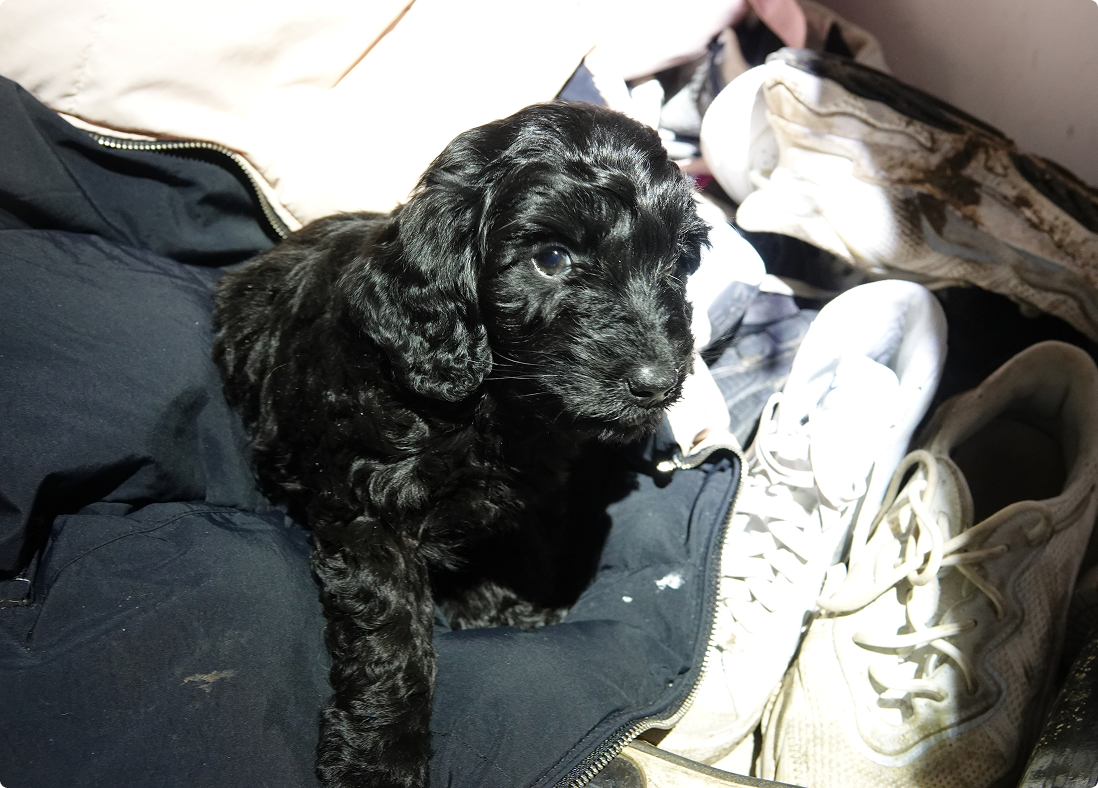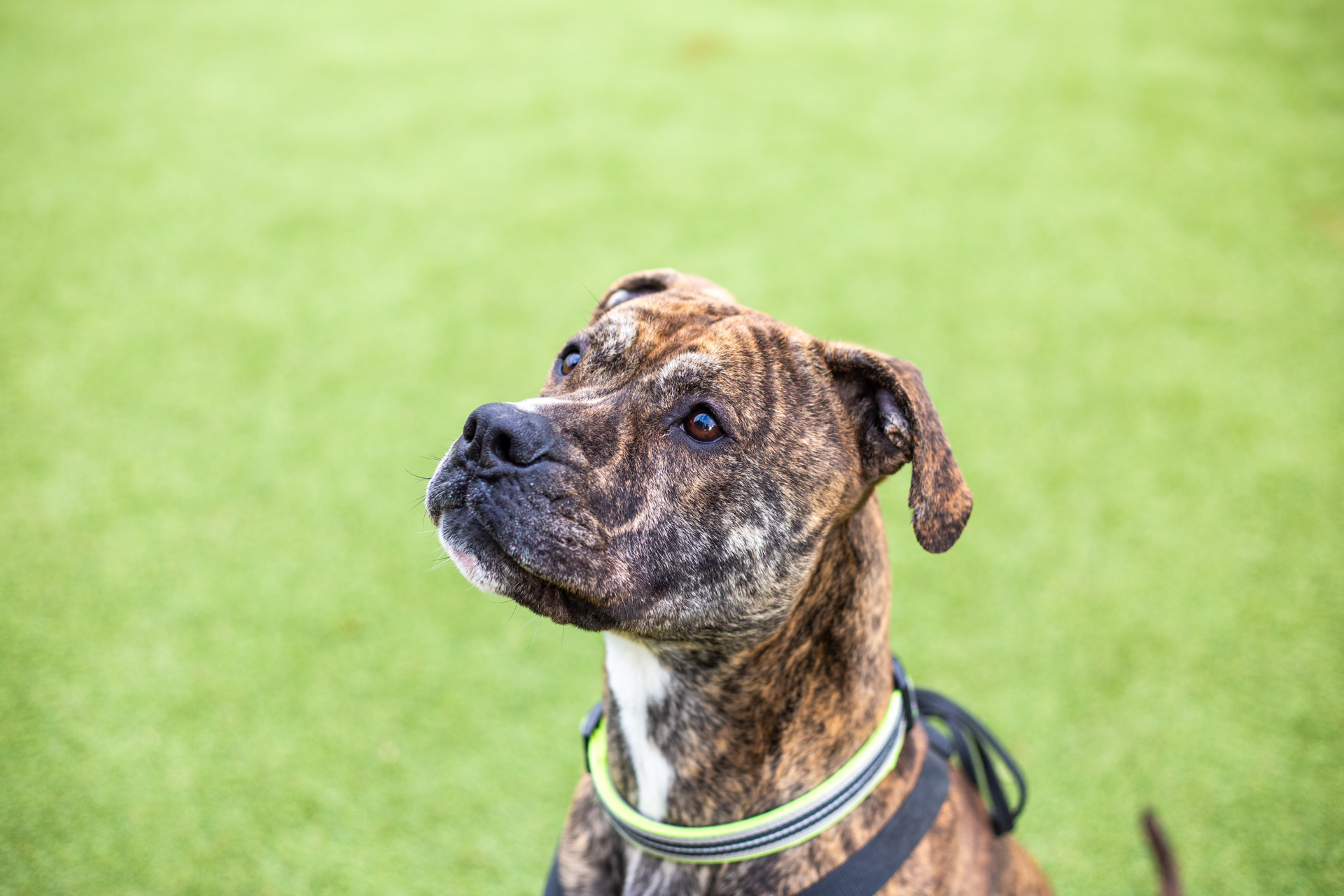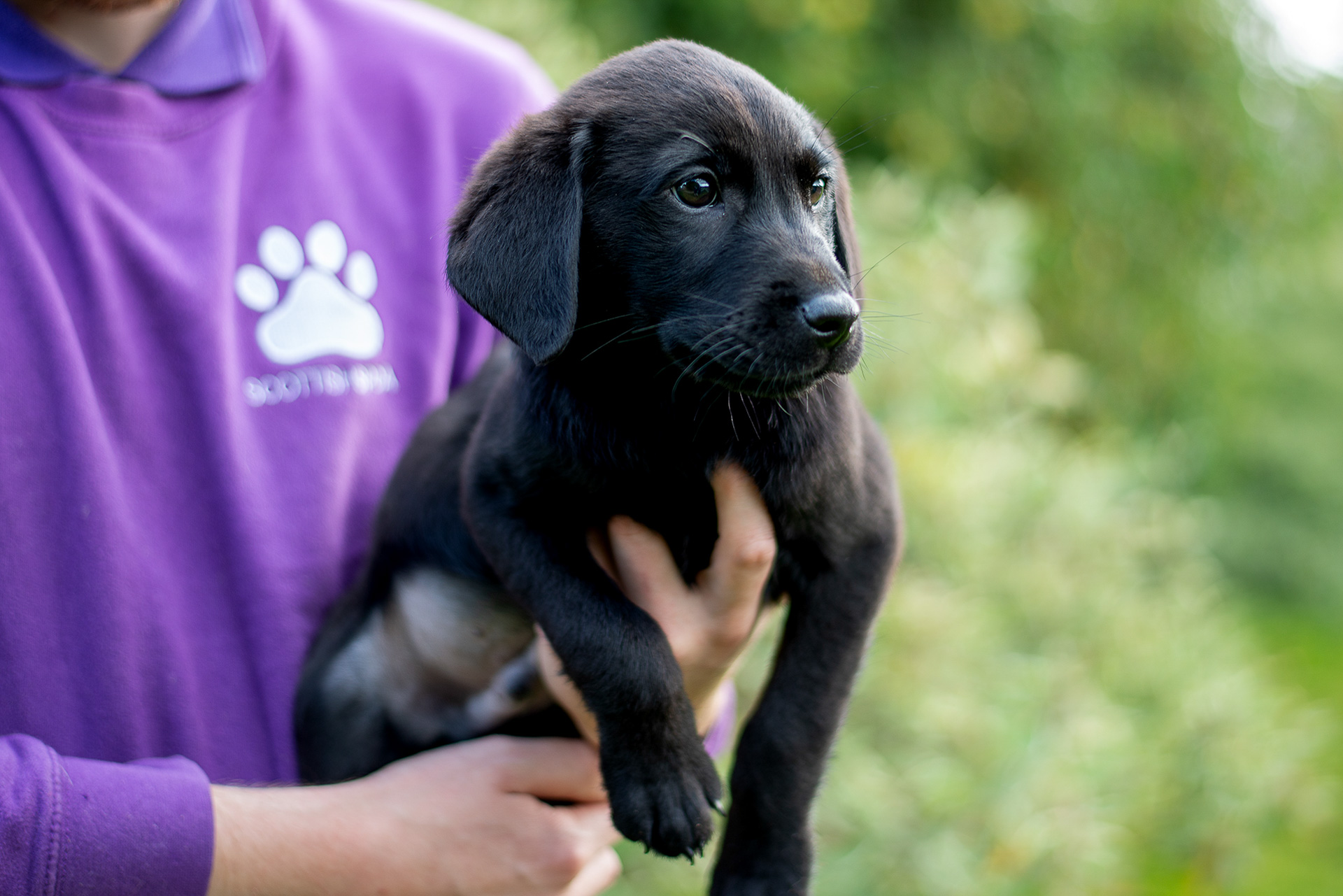
Can Dogs Get Hay Fever?
How hay fever affects your four-legged friend.
Just like us, pooches can suffer with hay fever. You know as a human how annoying this can be so it’s important to do everything you can to help your dog and prevent them suffering from this nasty allergy.
What is hay fever?
Hay fever is an allergy to pollen. It affects both humans and dogs and can be very unpleasant for both. Hay fever usually occurs during spring, summer and autumn when the trees and flowers are in bloom.
It is estimated that a whopping 10% of dogs in the UK suffer from hay fever.
Symptoms of hay fever in dogs
The symptoms of hay fever in dogs can mimic those of humans, however, one difference is that their skin is often most affected by this allergy, particularly places like their groin, abdomen, armpits and ears. These areas can become red, inflamed and itchy.
Common symptoms of hay fever in dogs include:
- Scratching
- Inflamed eyes
- Rubbing their eyes
- Chewing their paws
- Sneezing
- Lethargy
- Red or flaky skin
Your dog doesn’t need to display every one of these symptoms to be suffering, so keep an eye on them during hay fever season.
How to treat hay fever in dogs
If you suspect your furry friend of having hay fever, then speak to your vet. They can examine your pooch and decide the best course of action for them. Hay fever symptoms are similar to those of other allergies so by speaking to your vet you can try to identify the cause of the issue and treat it accordingly.
If it is hay fever, your vet may suggest one of the following treatments:
- Topical treatments, such as medicated shampoo or wipes
- Eye drops
- Nasal spray
- Antihistamines for pets
- An injection or course of tablets (in severe cases)
Your vet may also suggest skin supplements for you add to your pet’s diet during this time such as Omega 3 or 6.
Can dogs have antihistamines?
It’s extremely important that you never give your pet any medications intended for human use unless under direct instruction from a vet. Certain formulations of antihistamines can be toxic to dogs.
Consult your vet about antihistamines and they can advise whether this treatment would be suitable for your pooch.
Secondary infections as a result of hay fever
Hay fever can open your dog up to new infections due to them scratching, biting and licking their skin. As they do this, they risk giving themselves yeast or bacterial infections. This is another reason why it’s important to treat your dog’s hay fever symptoms promptly.
Which breeds are most prone to hay fever?
Some breeds can be more prone to hay fever than others, such as:
- Retrievers
- Setters
- Bulldogs, French Bulldogs and Boston Terriers
- Dalmatians
- Poodles
- Schnauzers
- German Shepherds
- Shih Tzus
- West Highland Terriers
Whilst their breed could make them more susceptible to suffer from hay fever – geographic region, exposure to local plants, and a lack of building up immunity to pollen from a young age are factors that have more effect on whether your dog suffers from this.
How to help your dog in hay fever season
There are many ways to help your dog during hay fever season that can prevent them from suffering from this allergy by minimising their contact with pollen.
You can:
- Wash their bedding regularly at 60 degrees Celsius
- Wipe their coat and paws after they’ve been outside
- Bathe and groom them regularly
- Avoid walking in grassy, field-type areas when pollen exposure is high (you can check pollen forecasts online on websites like the Met Office)
We need your help
We hope this advice helps you to tackle this unpleasant allergy and look out for your pet during high pollen seasons.
Please consider giving a one-off donation today to help us support and treat the dogs in our care.

Puppies across Scotland need your help
Please consider giving a monthly donation today. Give Scotland’s animals the gift of safety this winter and beyond. The criminals involved in the low-welfare puppy trade never stop. And with your help, neither will we. Every £1 matters to puppies like Winnie.


